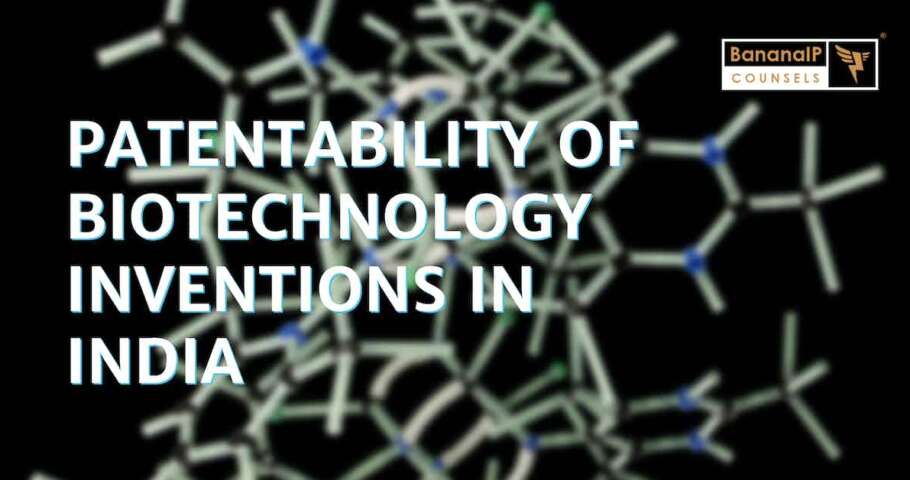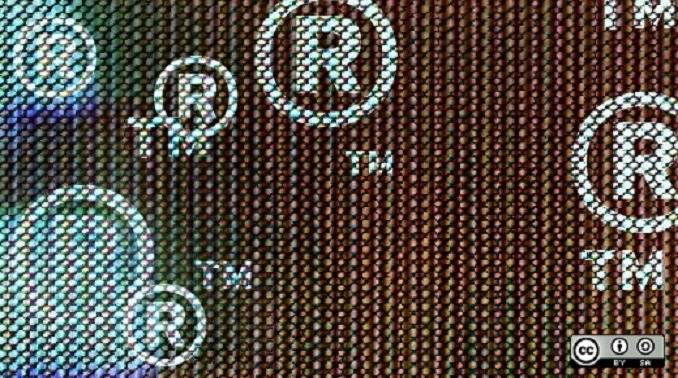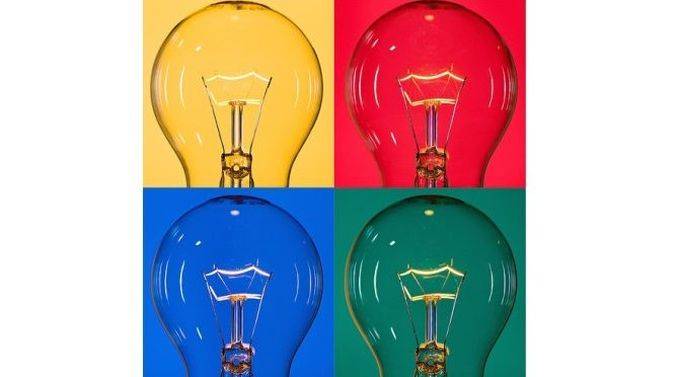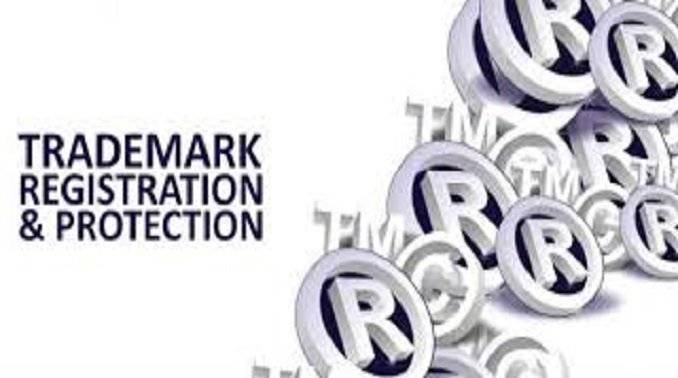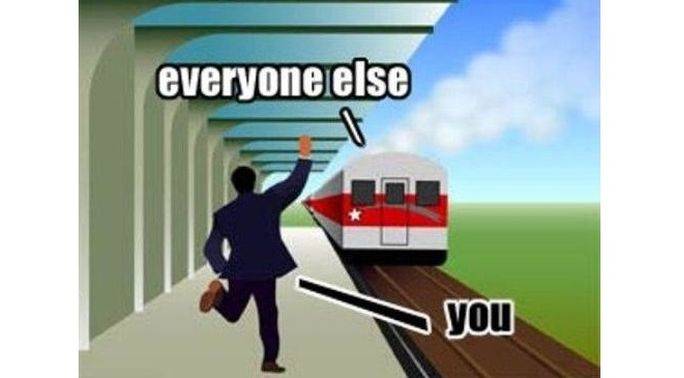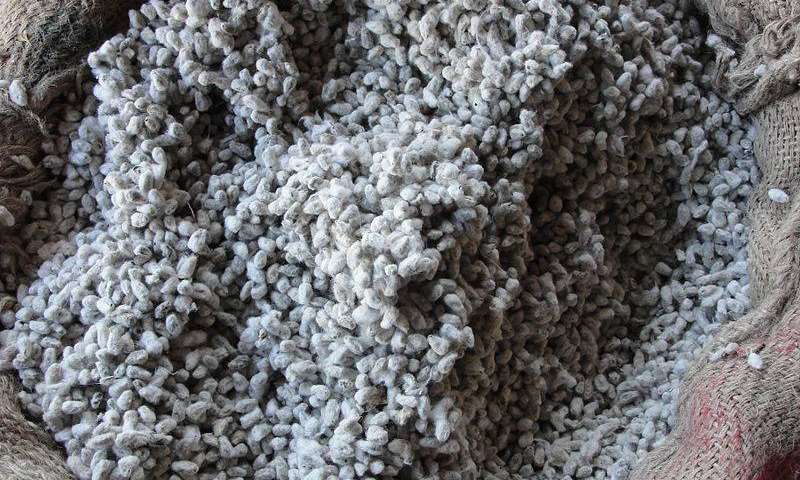This post was first published on 22nd January, 2011.
Patentable Subject Matter
The discussion with respect to patentability of biotech inventions in Europe has been limited to the European Patent Convention (EPC). As per the European Patent Convention, any invention is patentable unless it falls within the list of excluded inventions. According to Article 52 of EPC, any invention irrespective of the technology to which it belongs can be considered as patentable subject matter so long as it is new,…


